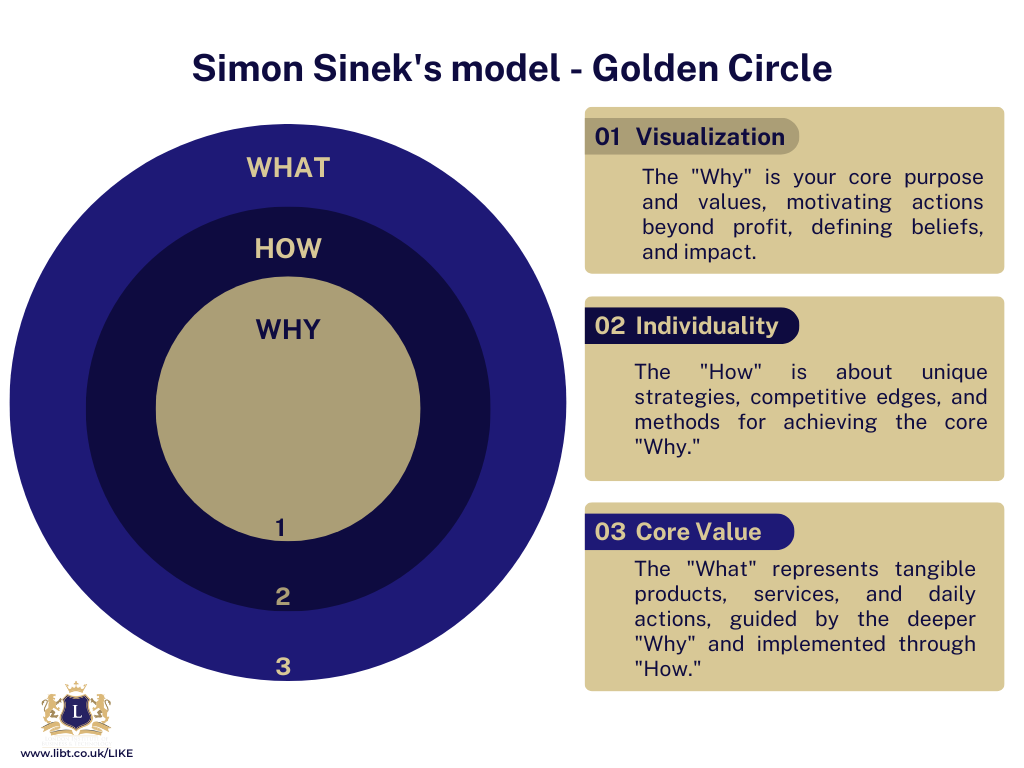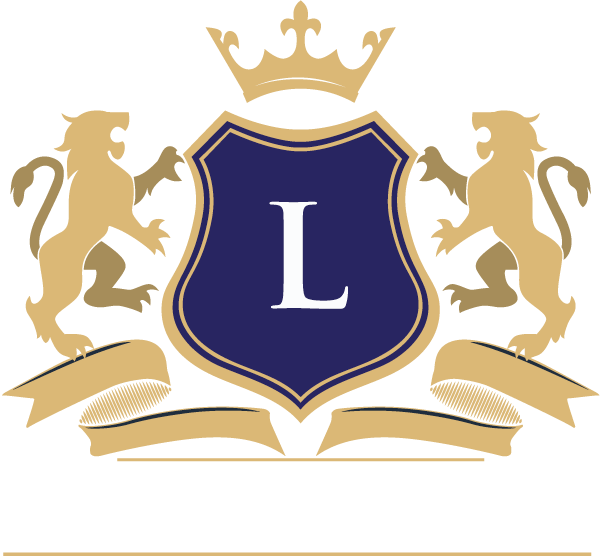In today’s rapidly evolving world, the need for educational reform has never been more pressing. Our traditional education systems, rooted in a top-down approach, have served us well in the past, but they no longer suffice for preparing students for the complexities of the 21st century. To tackle this challenge, we can turn to the wisdom of Simon Sinek’s Golden Circle, which sheds light on the essence of leadership. By applying this model to education, we gain insights into why, how, and what we must change to revolutionize our approach to learning.
Simon Sinek’s model – Golden Circle Simplified
Simon Sinek’s model, often referred to as the “Golden Circle,” is a powerful framework that helps individuals and organizations clarify their purpose, communicate more effectively, and inspire action. This model is widely used in leadership, marketing, and personal development to understand and convey the fundamental drivers of success. The Golden Circle consists of three concentric circles (source), each representing a different level of thinking and communication:

The key insight of the Golden Circle is that most organizations and individuals communicate from the outside in (starting with the “What” and moving to the “How” and “Why”), but truly inspirational and influential leaders and organizations communicate from the inside out (starting with the “Why” and moving to the “How” and “What”). This inside-out approach is what inspires people and fosters loyalty and engagement.
Here’s a breakdown of how the Golden Circle works:
- Outside-In (Conventional) Communication: Many organizations and individuals communicate by first explaining “What” they do, then “How” they do it, and finally, if at all, they mention “Why” they do it. This approach often fails to connect on a deeper level because it doesn’t tap into people’s emotions or values.
- Inside-Out (Inspired) Communication: The most successful and inspiring leaders and organizations communicate by first expressing their “Why,” their purpose or belief. Then, they explain “How” they bring that purpose to life and “What” they do as a result of that purpose. This approach resonates with people’s values and emotions, leading to stronger connections and loyalty.
Simon Sinek’s model is not only a communication tool but also a strategic framework for decision-making and leadership. It encourages individuals and organizations to focus on their underlying purpose, which can be a source of motivation, differentiation, and long-term success. By understanding and communicating the “Why” behind your actions, you can inspire others and drive meaningful change in both personal and professional contexts.
The “How” of Postmodern Education
To usher in a new era of education, we must address the “how.” In postmodern education, the “how” centers on empowering teachers to become leaders, not mere instructors. It calls for inspiration over oppression, adaptability over rigidity, and empathy over sympathy. Postmodern educators understand that teaching is not a one-size-fits-all endeavor; it requires flexibility and a deep understanding of individual needs. By encouraging teachers to adopt a leadership role, we foster an environment where students are inspired, not coerced, into learning. This approach acknowledges the unique strengths and weaknesses of each student, nurturing their growth and potential.
The “What” of Postmodern Education
Finally, we come to the “what” of education. In the postmodern era, the focus shifts from rote memorization to cultivating essential skills. Collaboration, leadership, communication, critical thinking, and creativity become the cornerstones of a meaningful education. These skills are not just desirable; they are essential for navigating the complexities of our interconnected world.
Our students must not only learn “what” skills to acquire but also understand “why” they need these skills. Education should inspire students to strive for sustainable peace, to combat prejudices, to foster innovation, to protect the environment, and to promote integration and tolerance. When students comprehend the “why,” they become active participants in their own learning journey, motivated by a sense of purpose.
Be the Change
In conclusion, educational reform in the 21st century hinges on understanding the “why,” “how,” and “what” of learning. The “why” serves as our guiding star, illuminating the purpose of education in our rapidly changing world. The “how” empowers educators to become leaders who inspire and adapt. The “what” shifts our focus to essential skills that equip students for success.
As we strive for a better future, let us remember that education is not just about transferring knowledge; it’s about fostering individuals who can make a positive impact on society. Let us be the change-makers who champion a holistic, postmodern approach to education—one that prepares our students to address the challenges and opportunities of the 21st century with purpose and resilience.







Leave a Reply
You must be logged in to post a comment.